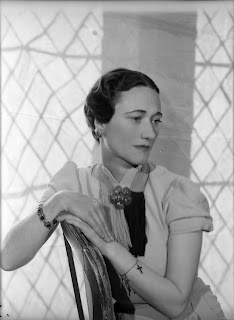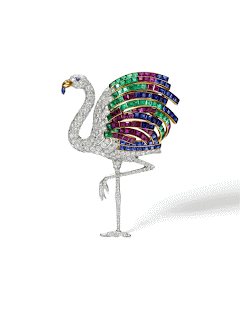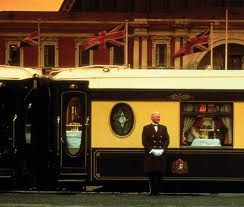Victoria here with a passle of pictures from the Portland OR meeting of the Jane Austen Society of North America on Halloween weekend. Be sure to scroll down to the end to experience the piece de resistance of the final panel.
As befits the elegance of the members, a Bal Masque brought out the finest of our costumes. Below, the best of my shots (which probably isn’t saying much).
On Sunday morning, we reluctantly had to say good-bye, But we first enjoyed a lovely brunch and the final panel, “Dispute Without Mayhem,” which brought us a variety of views on Northanger Abbey. But all the panelists agreed on one point: it is often under-rated!! Panelists were Diana Birchall, William Phillips and Joan Ray, all with several (often hilarious) points to make. The moderator was Kimberly Brangwin, who managed to keep the miscreants in order.
Finally, William favored us with one of his creations saying that his efforts in the poetry field were, at least in this case, limited to doggerel, which is often defined as verse for comic effect. I think he succeeded admirably.
Posthumously published—though the first written.
By this clever spoof, we’re bound to be smitten.
In early 20s, Jane started this journey—
Hell of a tribute to Radcliffe and Burney.
* * *
No heiress, no beauty, no genius, please meet
Catherine Morland, who at first, seems just – sweet!
Her mind might seem blank except for a head full
Of Gothic romance, which verges on dreadful.
As comp’ny to Bath by the Allens she’s sought,
And there in the web of the Thorpes is she caught.
Cath’s brother’s the goal of sly Isabella.
Miss M’s chased by John, a right unctuous fella.
She meets Henry Tilney – falls head over heels.
His father thinks Cathy is money on wheels.
Though unknown to Henry, her fortune’s no size.
Her letch for him simply puts stars in his eyes.
He’s smart and ‘in charge’, and though never grovels,
Shows sensitive side—knows muslin—reads novels.
Sis’ Eleanor—classiest gal in the book
Builds friendship with Cath’rine that really does cook.
Henry’s pizzazz makes John Thorpe just look shabby,
So C. splits and visits Northanger Abbey.
It’s all misadventure – strange chest and locked room.
C. thinks the Gen’ral’s a purveyor of doom!
Thorpe tells the Gen’ral, C’s fortune is lacking,
So in a great snit, he sends Cathy packing.
Henry learns of this, most vexed, does not tarry,
Follows to Wiltshire and asks her to marry.
Cath’rine’s parents say, “Wait! Permission’s a must!”
It looks like their hopes may be dashed in the dust.
Then E. marries Viscount—pleased Gen’ral lets go.
The kids live quite well on the dead mother’s dough.
* * *
The jury’s been mixed—some onions—some roses.
Quite a few critics have turned up their noses.
“Rather confused,” say some lit’rary sages,
But Cath’rine and we—learn lots in these pages!
© 2010 by William Phillips
Copy of William’s doggerel, courtesy of AustenBlog.
| William Phillips in his Bal Masque disguise!! |
Thus concludes, with a grin, my coverage of the JASNA AGM of 2011 in lovely Portland, OR. Next year, Fort Worth, Texas.
















